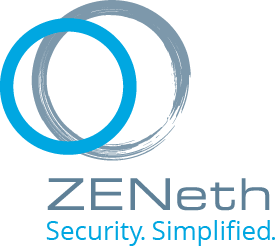
The most vulnerable element in any cyber-security program is the human. No matter how many technical controls you deploy and regardless of all the precautions you take to secure your data there is one guarantee: someone will screw up and let in the bad guys. It’s not a matter of if, it’s a matter of when. A good cyber-security program does not bring the chance of having an incident to 0, that’s impossible. The purpose of a good cyber-security program is to reduce the number and scope of incidents, and provide the necessary tools to mount an effective response before a bad day becomes a business ending day. So here are two ways you can start your security program today.
Create an Incident Response Plan (IRP)
First, Incident Response plans are key. An IRP provides everyone a detailed blueprint of what to do in the event of a security incident which will enable faster and more efficient response. If you discover that a bad actor is accessing 50,000 customer records, what you don’t want is a bureaucratic mess where the IT department doesn’t have a clear response plan is having to receive approval for every decision to try and contain the incident. What you do want is a quick and efficient response in which every employee knows exactly what they are expected to do. At Zenopz we believe that IRP’s are one of the most essential ingredients to a good security plan. If you know you are bound to have an incident at some point it’s best to plan your response now. In Information Security speed kills problems.
Train your Users
The second step we often recommend to businesses that are just starting to build their program is to incorporate end-user training early on. As we noted earlier, humans are the most vulnerable element in an IT environment. Training end users not to click on phishing links, download suspicious files, or insert unknown USB drives into their computers can *dramatically* reduce the chances of your business having a catastrophic incident. Remember, these steps are just the start of a cyber-security program, building a coherent and effective program requires input and teamwork from all individuals from the board down. It’s never too early to start planning for the worst.

